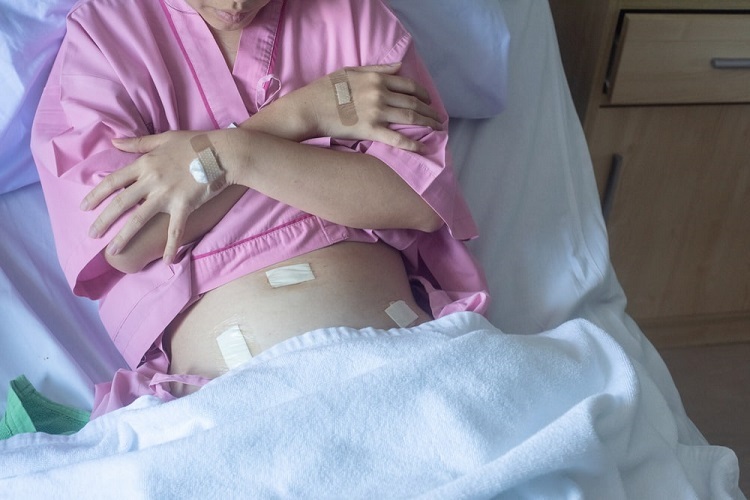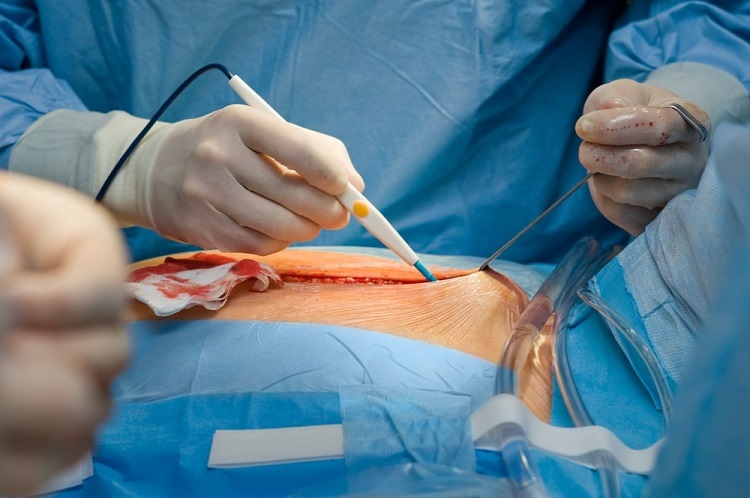What is a Hysterectomy and Why is It Done

Hysterectomy is the surgical removal of the uterus and may include removing some or all of the uterine tubes and ovaries. It is a standard gynecological operation with over 600 000 procedures performed annually in the US alone. The procedure can be done via keyhole surgery (laparoscopy) or through an open incision depending on the size of the uterus, indications for surgery, and doctor’s preference.
After a hysterectomy in Manassas, you will be given medication to help with pain relief and discomfort, as well as some essential care advice to improve your recovery time. Some patients can go home the same day of their surgery, while others can go home within two to three days.
Table of Contents
Why Is It Done?
You can do a hysterectomy for several reasons. It may be performed to treat fibroids, cancer of the uterus or ovaries, pelvic pain, and excessive bleeding, among others. The type of procedure will depend on your case and your doctor’s recommendations.
Types of Hysterectomy
There are four types of hysterectomy surgery:
- Total hysterectomy – the uterus and cervix are removed, leaving a scar at the top of the vagina. This operation treats conditions like cancer or heavy bleeding that you cannot correctly treat with other methods.
- Subtotal hysterectomy – this operation is similar to a total hysterectomy, but the upper part of the vagina is kept intact. This results in less shortening of vaginal length and less vaginal dryness.
- Radical hysterectomy – this operation removes the uterus, cervix, upper part of the vagina, some surrounding tissue, some of the lymph nodes in the pelvis, and sometimes some of the tissue around the vagina. A doctor may do a radical hysterectomy if cancer is present.
- Radical trachelectomy – this operation is similar to a radical hysterectomy but only removes some of the lymph nodes in the pelvis.
How Long Will It Take to Recover?
Recovery time varies depending on the type of hysterectomy you have, its purpose, and other factors such as age, overall health, medical history, sex, size of the uterus, among others. During the first day or two after surgery, you should try to rest as much as possible. You will be advised to move around slowly and use the bathroom. Eating a healthy diet full of fruit, vegetables, fiber, and low-fat dairy products can also help boost your body’s immune system.
It is important not to lift anything heavier than 10 pounds (4,5 kg) for at least four weeks after surgery. This includes children and your partner’s handbag. People who have had a total hysterectomy may also need to wear a sanitary pad for the first six weeks after surgery because it might take that long for stitches to dissolve fully and any remaining tissue to heal fully.
In summary, a hysterectomy is the surgical removal of the uterus. And may also include removing some or all of the uterine tubes and ovaries. It is mainly done to treat various conditions affecting the uterus, such as fibroids and cancer of the uterus. There are four different types of hysterectomy, and the choice depends on your condition. Recovery time varies depending on the specific kind of hysterectomy done.
Leave a reply
You must be logged in to post a comment.

















